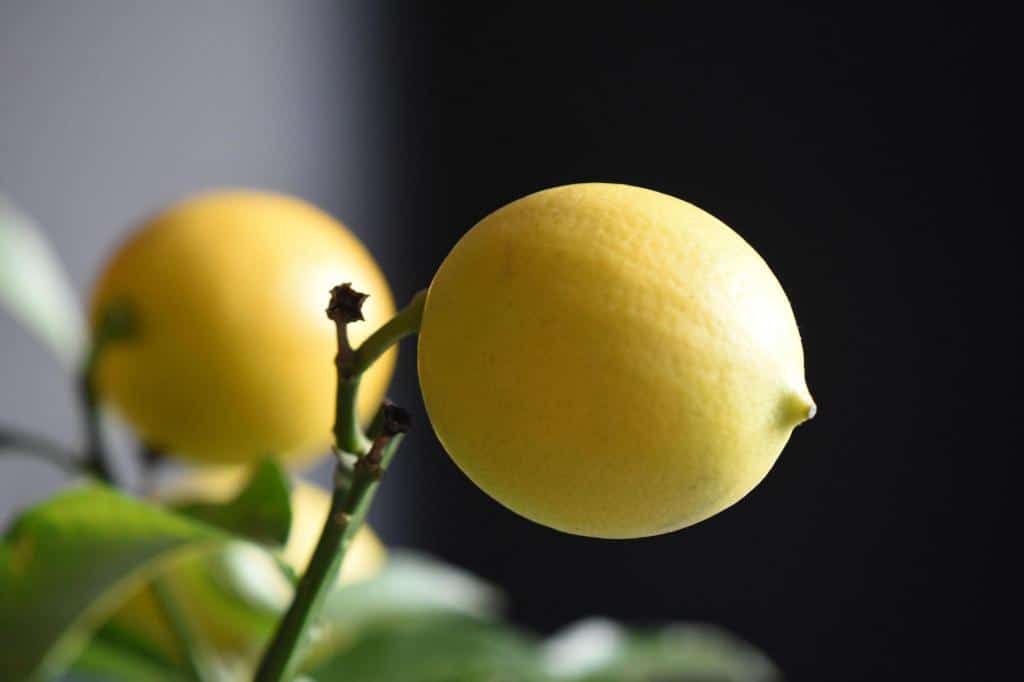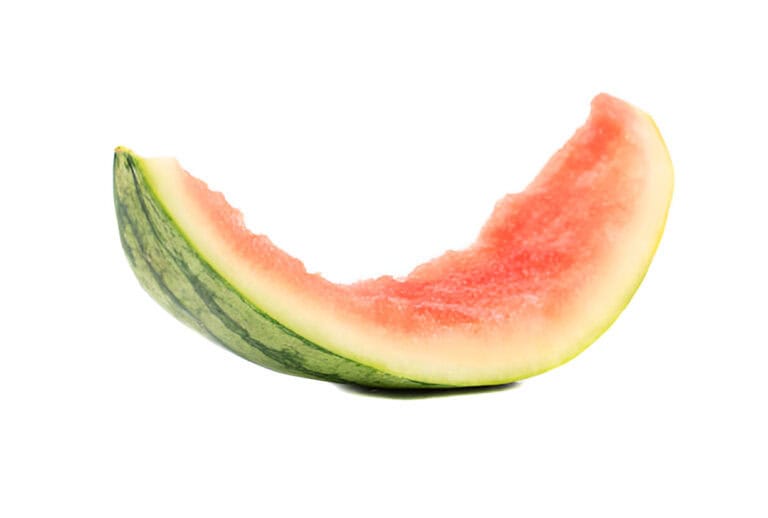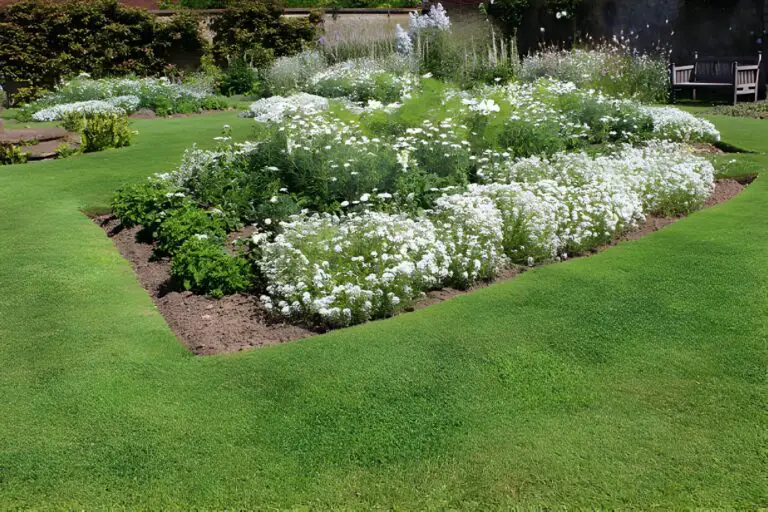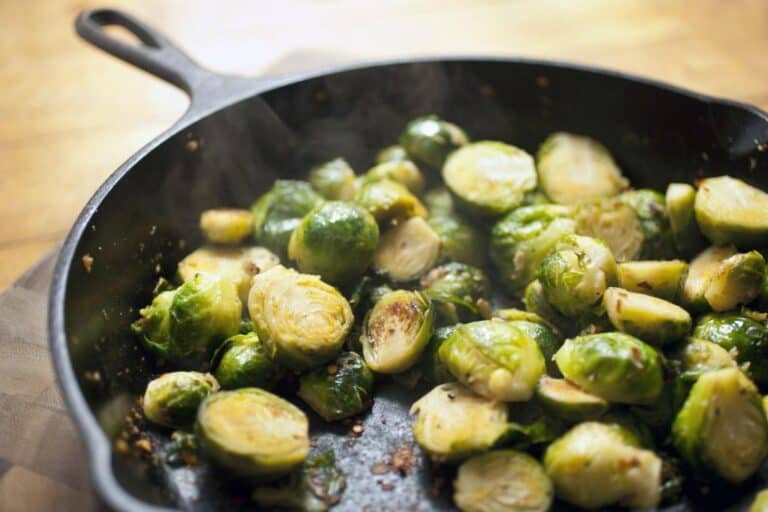Are Lemons Self Pollinating? How to Hand-Pollinate a Lemon Tree

Lemon trees, with their vibrant green foliage and citrusy aroma, are a popular addition to gardens and orchards. As a citrus aficionado, you may have wondered whether lemons are self-pollinating or if they require a helping hand.
In this article, we’ll delve into the fascinating world of lemon tree pollination. We are exploring the intricacies of their reproductive processes and providing a step-by-step guide on how to hand-pollinate your lemon tree for optimal fruit production.
Join me on this citrus-infused exploration as we navigate the realms of lemon tree reproduction. We’ll uncover the enigma behind self-pollination. For those who want to play Mother Nature, we’ll explore the delicate art of hand-pollination.
So, grab your gardening gloves and let’s embark on a journey to demystify the secrets of lemon trees.
Are Lemons Self-Pollinating?
Lemon trees are self-pollinating. While they are self-pollinating, growing a few lemon trees together can result in more fruit from cross-pollination. This is due to cross-pollination. The pollen on the tree will cling to the stigmas in other flowers, leading to the development of lemons.
Different lemon tree cultivars may have distinct pollination requirements. Some varieties, such as the Eureka and Lisbon, are more likely to self-pollinate, while others, like the Ponderosa or Meyer lemon, may benefit from cross-pollination.
Understanding the specific needs of your lemon tree is crucial for ensuring a bountiful harvest.
The Basics of Lemon Tree Reproduction
Lemon tree reproduction is a fascinating process that involves both sexual and asexual methods. Lemon trees can self-pollinate. However, they often benefit from cross-pollination. This can lead to stronger and more diverse offspring.
The flowers of the lemon tree contain both male and female reproductive parts. This makes them capable of self-fertilization. However, insects and wind also play a crucial role in transferring pollen between flowers, encouraging greater genetic diversity.
Hand-pollinating lemon trees is a simple yet essential practice for ensuring fruit production. By using a small brush or cotton swab to transfer pollen from one flower to another, gardeners can boost the likelihood of successful pollination.
This method is especially helpful in areas with limited insect activity or when growing lemon trees indoors. Understanding lemon tree reproduction helps gardeners increase their harvest. It also sheds light on the complex natural processes that grow and develop these beloved citrus fruits.
| Related: Are Meyer Lemons Self Pollinating? |
Factors Affecting Natural Self-Pollination

A number of factors affect natural pollination, which is essential for plant reproduction. Climate change significantly affects natural pollination. It influences the behavior and activity of pollinators like bees, butterflies, and birds.
Additionally, habitat loss and changes in land use can disrupt natural pollination. This happens by diminishing the availability of nectar and pollen sources for these vital pollinators.
Moreover, pesticides and other chemicals can harm natural pollination. These substances can harm or even kill pollinators, leading to a reduction in their population and a subsequent impact on plant reproduction.
When Do You Need to Hand-Pollinate Your Lemon Tree?
There are certain scenarios when manual hand-pollination becomes a valuable tool in your lemon tree care arsenal. Recognizing these situations empowers citrus enthusiasts to ensure optimal fruit production.
1. Low Pollinator Activity:
- In areas with diminished bee activity due to pesticides or environmental changes, hand-pollination compensates for the lack of natural pollinators.
2. Varieties with Limited Self-Pollination:
- Some lemon varieties, though self-pollinating to an extent, benefit from a helping hand. Identifying your lemon tree’s specific characteristics guides the decision to intervene.
3. Erratic Weather Conditions:
- Unpredictable weather patterns during the flowering season, like heavy rains or extreme temperatures, can disrupt natural pollination. Hand-pollination provides control in such challenging conditions.
4. Maximizing the Fruit Set:
- Enthusiasts seeking to optimize fruit production and ensure a bountiful harvest may choose to employ hand-pollination alongside natural processes.
In these situations, hand-pollination becomes a strategic approach. It helps you nurture your lemon tree to its full potential, despite external challenges.
How to Hand-Pollinate a Lemon Tree (Step-by-step Process)
Before embarking on the hand-pollination journey, gather the necessary tools: a small, fine paint brush or cotton swab. These tools allow you to transfer pollen from the male parts of the flower (anther) to the female parts (stigma) with precision.
Follow these simple steps to manually pollinate your lemon tree:
Step 1: Identify the Flower Parts
Examine the lemon tree flowers to locate the anther and stigma. The anther contains pollen, while the stigma is the receptive surface. The pistil is found inside the stamen.
Step 2: Choose the Right Time
Optimal hand-pollination is usually done in the morning when flowers are open or blooming and pollen is readily available.
Step 3. Transfer Pollen
Gently brush the anther with your paintbrush or swab to collect pollen. Carefully transfer the collected pollen to the stigma, ensuring thorough coverage.
Step 4: Repeat as Needed
Repeat the process for several flowers, especially those on different branches, to encourage cross-pollination.
How Do Climate and Variety Affect Lemon Tree Pollination?
You need to understand the nuanced interplay of climate and lemon tree varieties for successful pollination. Different climates and lemon tree varieties exhibit unique characteristics that impact the pollination process. Let’s break down these factors for a comprehensive understanding.
Climate Influence:
- Temperature: Lemon trees thrive in warm climates. Ensure a consistently warm environment for optimal pollination.
- Humidity: Adequate humidity aids pollen dispersal. In drier climates, consider misting the surroundings.
Varietal Dynamics:
- Self-Pollinating Varieties: Some lemon tree varieties are self-pollinating, simplifying the process. Meyer lemons, for instance, are known for their self-sufficiency.
- Cross-Pollination Benefits: Other varieties, like Eureka or Lisbon lemons, benefit from cross-pollination. Planting multiple trees enhances fruit production.
Optimizing Pollination:
- Plant companions: Introduce pollinator-friendly plants around your lemon tree.
- Hand-Pollination: Supplement natural pollination with hand-pollination methods for consistent fruiting.
Navigating the intricate relationship between climate and lemon tree variety ensures you’re equipped to create an environment conducive to successful pollination and a flourishing lemon harvest.
Pollinating and Pruning Your Indoor Lemon Tree
Lemon trees can also be grown indoors; it isn’t as hard as long as you choose the right tree and meet its special needs. You can plant a container lemon tree indoors and enjoy homegrown lemons regardless of your climate.
As long as you select the proper tree and attend to its specific requirements, growing lemons inside is not difficult. You’ll be sipping lemonade in no time if you follow these simple guidelines for planting and maintaining an indoor lemon tree.
In tandem with pollination, pruning and cutting your indoor lemon tree is crucial for shape, air circulation, and optimal fruiting. Regular pruning removes dead branches and fosters a healthier tree. Remember, a well-pruned lemon tree is not just an ornamental addition; it’s a flourishing source of homegrown lemons and a testament to your care and skill.
Tips for Successful Lemon Tree Pollination
Successful lemon tree pollination requires understanding the plant’s biology and using practical techniques. Consider these tips as your green thumb guide to fostering robust citrus pollination.
1. Optimal Timing
- Align hand-pollination efforts with the lemon tree’s flowering period, typically occurring in spring or early summer. This ensures receptivity and enhances the chances of successful fertilization.
2. Identify Flower Types
- Distinguish between lemon tree flower types: perfect flowers contain both male and female parts, while imperfect flowers lack one or the other. Focus hand-pollination efforts on flowers lacking essential reproductive components.
3. Gentle Hand-Pollination Techniques
- Utilize a small, soft brush or cotton swab to delicately transfer pollen between flowers. Ensure thorough coverage, targeting both stigmas and anthers, for comprehensive fertilization.
4. Consider Cross-Pollination
- If you have multiple lemon trees, leverage cross-pollination benefits. Planting different varieties in proximity encourages a natural exchange of pollen, potentially enhancing fruit set.
5. Encourage Pollinator Presence
To boost natural pollination, attract pollinators like bees and butterflies to your garden. Plant companion flowers. Avoid harmful pesticides. This can create an inviting environment for essential helpers.
6. Maintain Optimal Growing Conditions
Ensure your lemon tree is in prime health by providing adequate sunlight, water, and nutrients. Healthy trees are more likely to produce an abundance of flowers, increasing the chances of successful pollination.
During the growing season, give your citrus plant multiple fertilization treatments. The finest fertilizer to use is acidic fertilizer. A pot that is too big for the root system, poor lighting, and inadequate fertilizer can all prevent bloom.
Remember, successful pollination is a dance between nature and your care. By applying these practical tips, you nurture your lemon tree. You also participate in the intricate choreography of citrus reproduction.
Conclusion
In the quest to unravel the mysteries of lemon tree pollination, one thing becomes clear. Understanding the unique needs of your specific lemon tree variety is key. Whether your tree tends towards self-pollination or benefits from a helping hand, hand-pollination is a skill every citrus enthusiast should master.
By following the simple steps in this guide and creating an environment conducive to pollination, you’ll be well on your way to a flourishing lemon harvest. This will turn your garden into a citrus paradise.
By embracing the need to pollinate lemon trees manually, you foster a thriving citrus orchard. You also deepen your connection with the natural rhythm of your lemon tree’s growth. So, keep your lemon tree well-tended, and through the art of hand pollination, watch as your efforts blossom into a fruitful harvest of homegrown lemons.
FAQs
Can a lemon tree produce fruit without pollination?”
Lemon trees typically rely on pollination for fruit production. While self-pollination can occur, it may not be sufficient for abundant yields. Hand-pollination, especially in controlled environments, ensures better fruit set and quality.
What challenges do lemon trees face in natural pollination?
Lemon trees may face challenges like inconsistent pollinator activity, adverse weather, or poor soil conditions affecting natural pollination. Understanding and addressing these challenges can enhance overall fruit production.
Are there benefits to hand-pollinating lemon trees?
Yes, hand-pollination offers control over the pollination process, ensuring better fruit set and quality. It is particularly beneficial in areas with limited natural pollinators or when cultivating specific lemon varieties that may not self-pollinate effectively.
What role does citrus self-pollination play in lemon tree reproduction?
Citrus self-pollination is a natural process where a lemon tree’s flowers receive pollen from the same tree. While this occurs to some extent, hand-pollination methods may be necessary to ensure consistent fruit production and overcome potential limitations in natural pollination.






